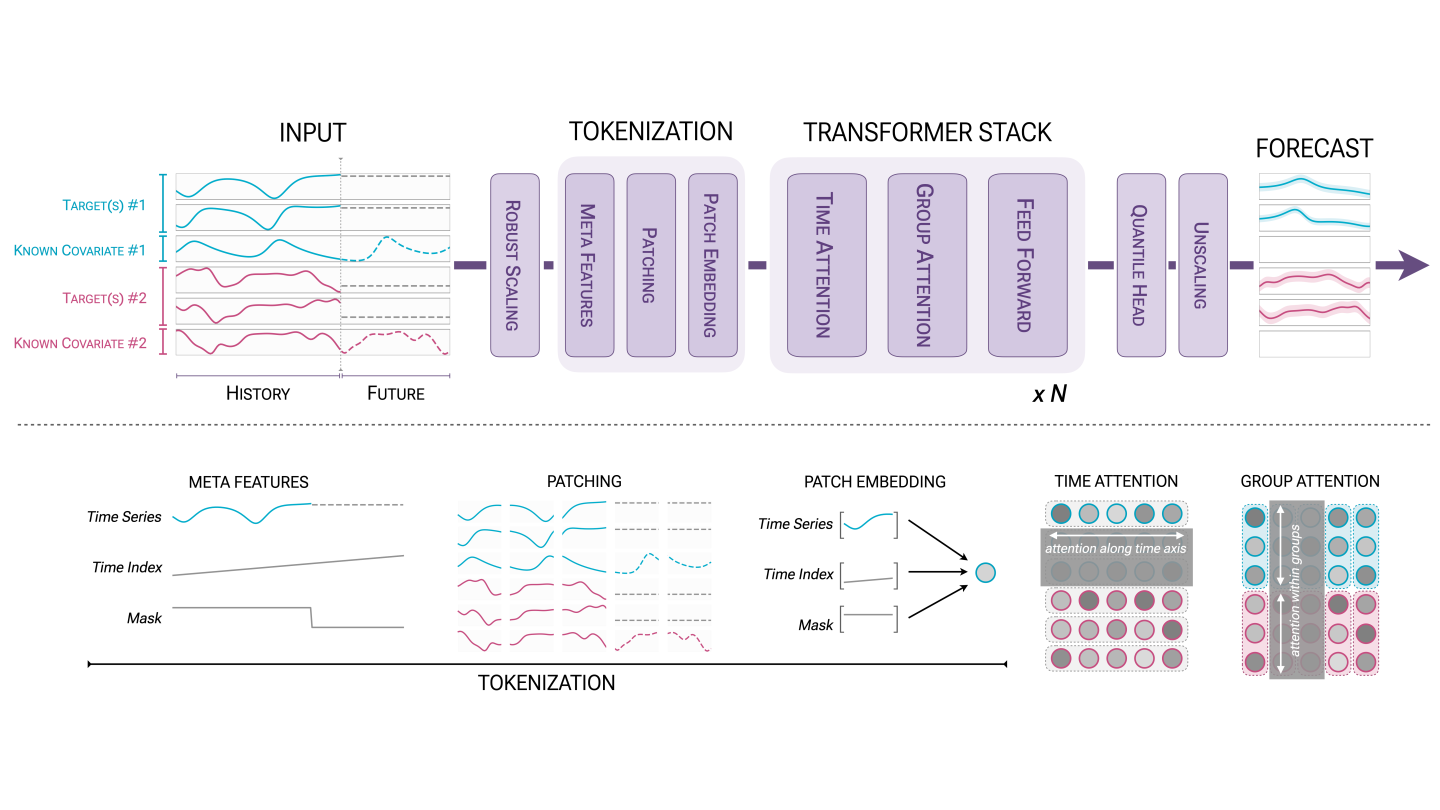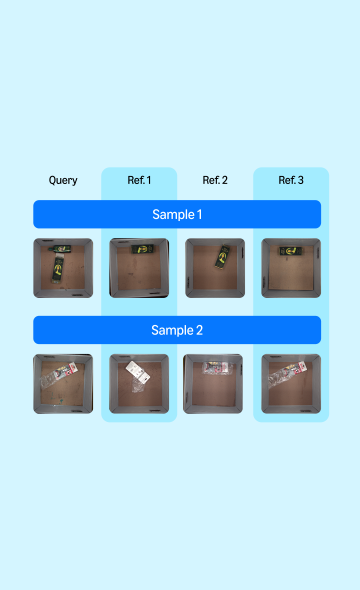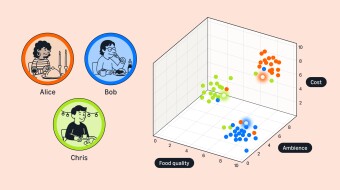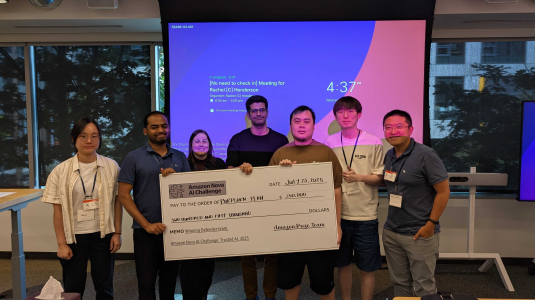Customer-obsessed science


Research areas
-
November 20, 20254 min readA new evaluation pipeline called FiSCo uncovers hidden biases and offers an assessment framework that evolves alongside language models.
-
-
-
September 2, 20253 min read
-
Featured news
-
2024Diffusion-based generative modeling has been achieving state-of-the-art results on various generation tasks. Most diffusion models, however, are limited to a single-generation modeling. Can we generalize diffusion models with the ability of multi-modal generative training for more generalizable modeling? In this paper, we propose a principled way to define a diffusion model by constructing a unified multi-modal
-
ICML 2024, ICLR 2024 Workshop on Practical ML for Low Resource Settings (PML4LRS)2024Fine-tuning language models (LMs) has demonstrated success in a wide array of downstream tasks. However, as LMs are scaled up, the memory requirements for backpropagation become prohibitively high. Zeroth-order (ZO) optimization methods can leverage memory-efficient for-ward passes to estimate gradients. Recently, MeZO, an adaptation of ZO-SGD, has been shown to consistently outperform zero-shot and in-context
-
2024Reinforcement learning from human feedback (RLHF) has been extensively employed to align large language models with user intent. However, proximal policy optimization (PPO) based RLHF is occasionally unstable requiring significant hyperparameter finetuning, and computationally expensive to maximize the estimated reward during alignment. Recently, direct preference optimization (DPO) is proposed to address
-
2024With the rapid development of large language models (LLMs), aligning LLMs with human values and societal norms to ensure their reliability and safety has become crucial. Reinforcement learning with human feedback (RLHF) and Constitutional AI (CAI) have been proposed for LLM alignment. However, these methods require either heavy human annotations or explicitly pre-defined constitutions, which are labor-intensive
-
2024Developing a unified model that can effectively harness heterogeneous resources and respond to a wide range of personalized needs has been a longstanding community aspiration. Our daily choices, especially in domains like fashion and retail, are substantially shaped by multi-modal data, such as pictures and textual descriptions. The vision and language modalities not only offer intuitive guidance but also
Collaborations
View allWhether you're a faculty member or student, there are number of ways you can engage with Amazon.
View all














































